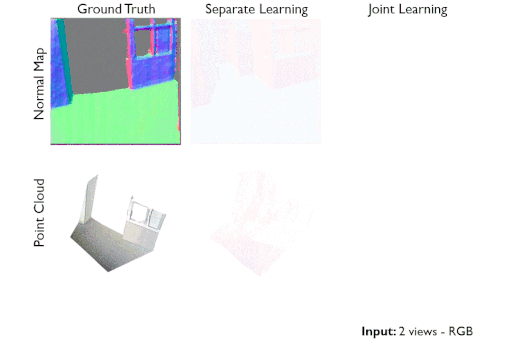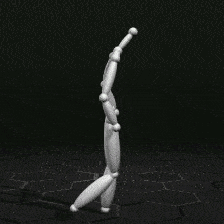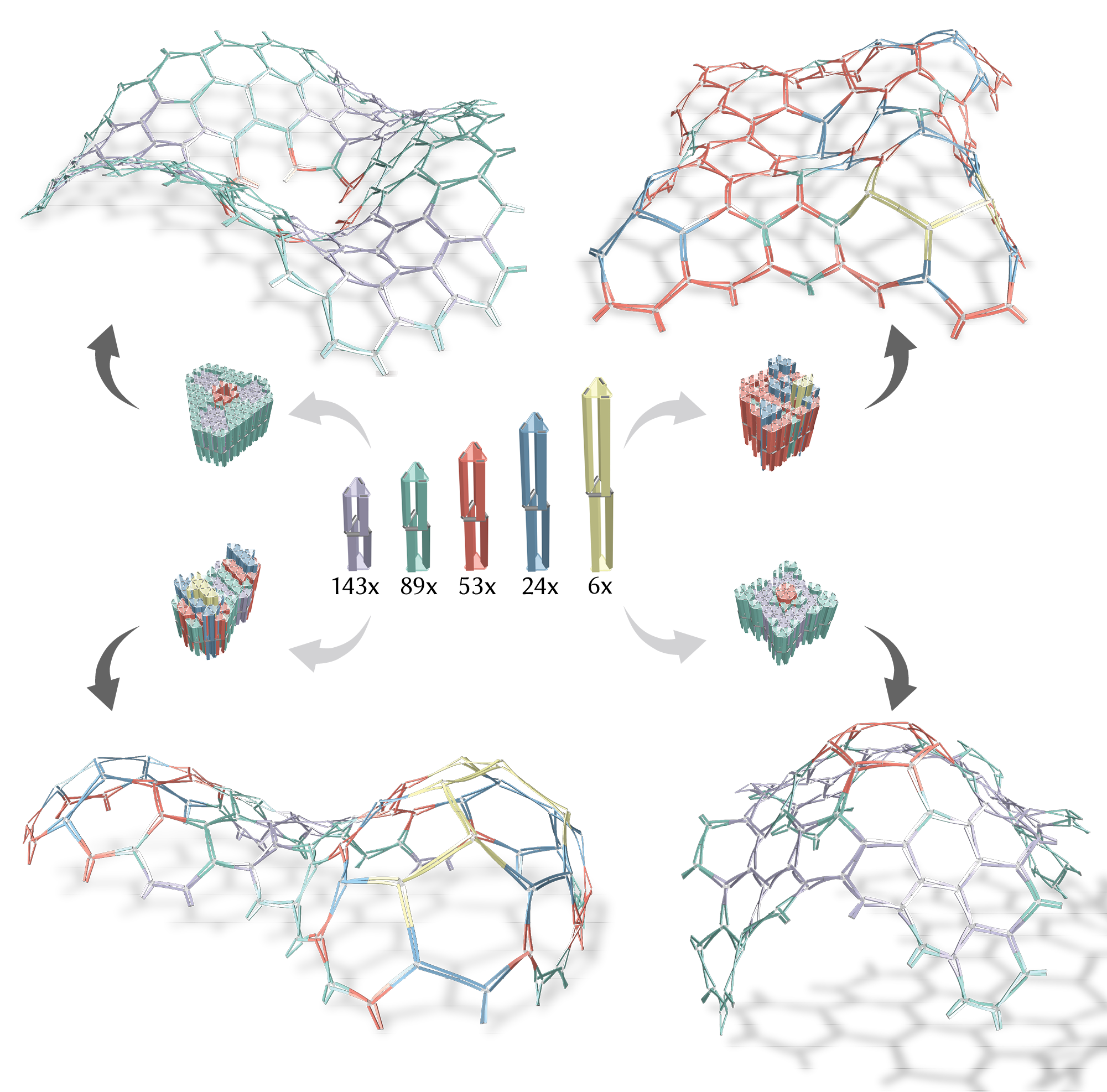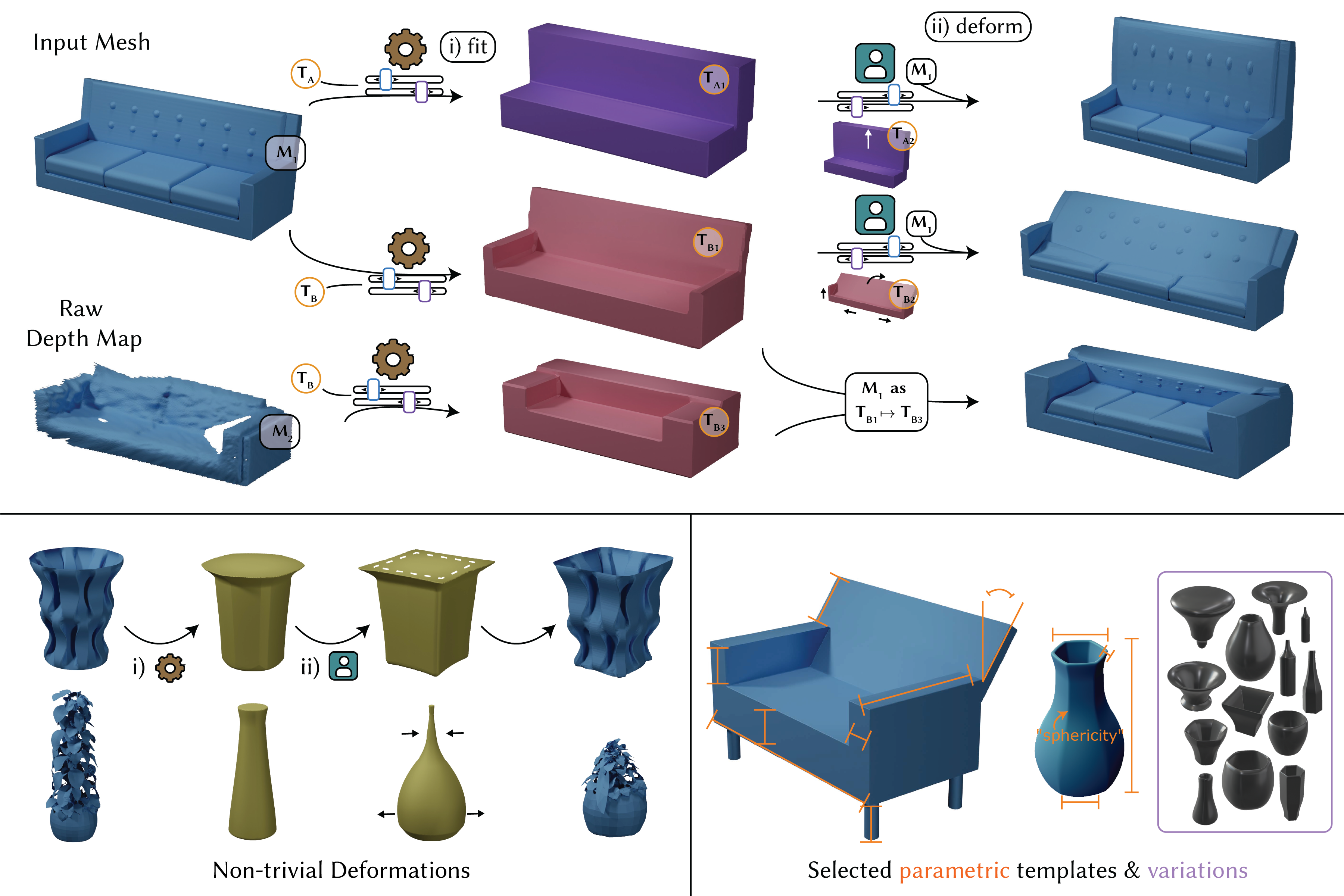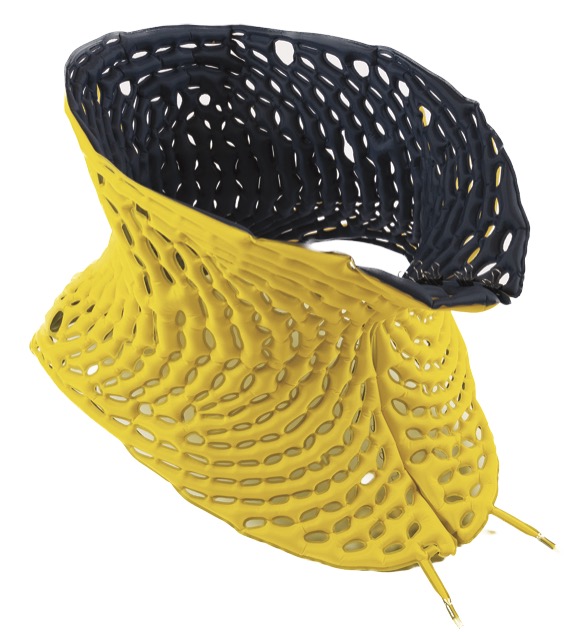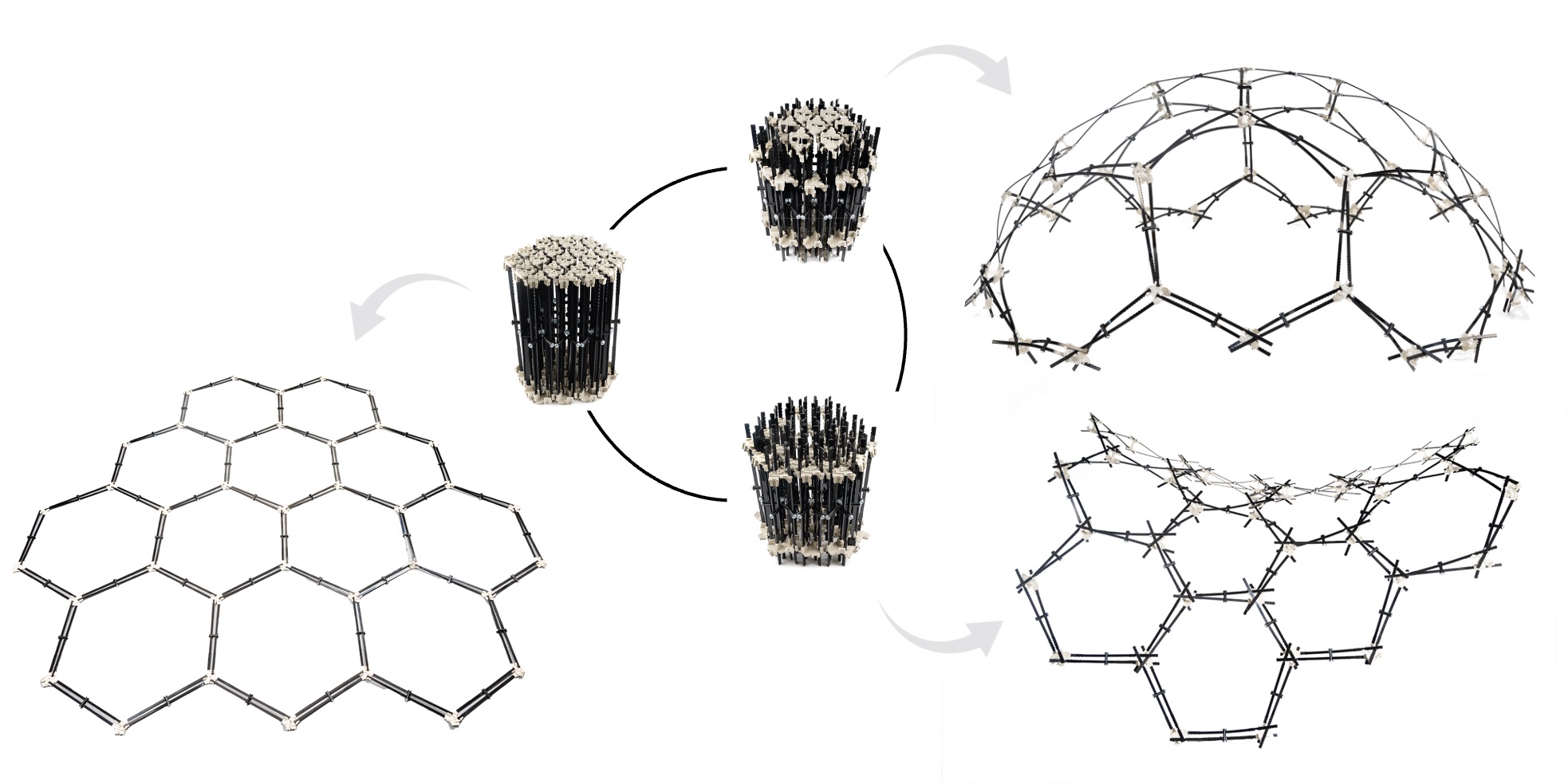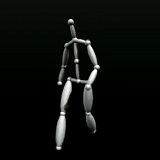I am Uday, a fifth year PhD student at the Geometric Computing Laboratory, EPFL advised by Prof. Mark Pauly

I am interested in developing algorithms for shape synthesis, analysis, simulation, optimization and digital fabrication . During my PhD, I have interned at Adobe Research with the Paris lab. I am also fortunate to collaborate with Prof. Niloy Mitra at UCL.
Prior to joining EPFL, I was a Masters student in Computer Science at The University of Texas at Austin where I was fortunate to work with Prof. Qixing Huang and Prof. Hao Su. I did my Bachelor's in Computer Science with Honors and a minor in Mathematics at IIT Bombay where I worked with Prof. Siddhartha Chaudhuri on scene graph parsing and reconstruction and Prof. Arjun Jain on Human Pose Estimation. I have also done internships at NEC Labs America, Samsung Research Seoul and Inria Sophia Antipolis.
I like to play, question, teach, talk, write, bike, eat, and mischief.
